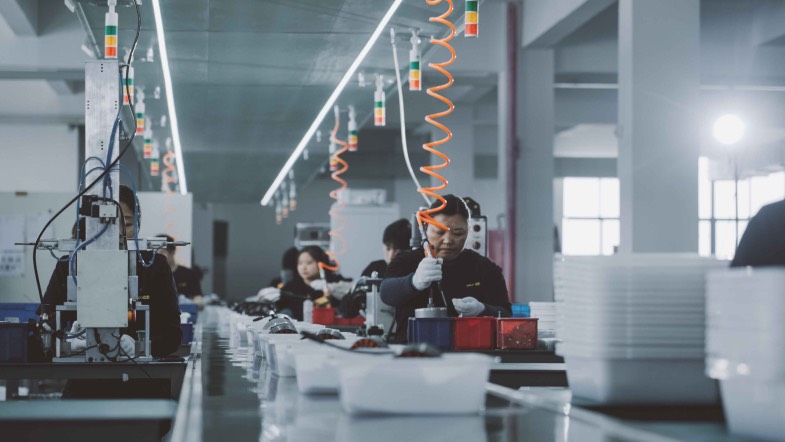
Photonics and optoelectronics have emerged as key drivers in advancing PCB integration, offering new dimensions of speed, efficiency, and functionality in electronic devices. The integration of optical components and technologies into PCBs is revolutionizing data transmission, sensing, and signal processing capabilities.
One significant aspect of evolving PCB integration techniques involves the incorporation of optical fibers or waveguides directly onto the PCB substrate. These waveguides guide and manipulate light signals, enabling high-speed data transmission and reducing electromagnetic interference. This integration facilitates the convergence of electronic and photonic functionalities within the same PCB, enhancing performance and reducing latency.
Moreover, the integration of optoelectronic components, such as lasers, photodetectors, and modulators, onto PCBs expands their capabilities. These components enable functionalities like optical interconnects, LiDAR systems, high-speed data communication, and sensing applications in fields like healthcare and automotive industries.
Advancements in manufacturing techniques facilitate the integration of photonics into PCBs. Direct laser writing and photolithography enable precise patterning of optical components and waveguides on PCB substrates, ensuring high accuracy and reliability in optical signal transmission.
Hybrid integration techniques, combining traditional electronic components with photonic elements, drive the development of multifunctional PCBs. This integration enables the coexistence of electronic and optical functionalities on the same board, fostering compact and efficient designs for diverse applications.
The evolution of PCB integration with photonics and optoelectronics also extends to emerging fields like silicon photonics. Integrating photonic circuits directly onto silicon substrates enhances compatibility with existing electronic manufacturing processes, enabling scalable and cost-effective production of photonic-integrated circuits.
Challenges remain in optimizing manufacturing processes, ensuring compatibility between electronic and photonic components, and reducing production costs for widespread adoption. However, ongoing research and development efforts in photonics-integrated PCBs continue to overcome these hurdles.
In conclusion, the evolving integration of photonics and optoelectronics into PCBs signifies a transformative shift in electronic device functionalities. These advancements unlock new possibilities for high-speed data transmission, sensing, and signal processing, paving the way for next-generation electronic systems.